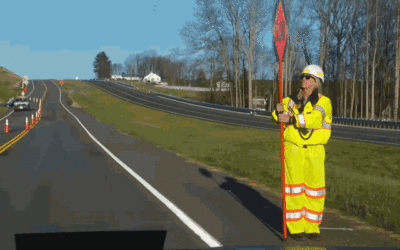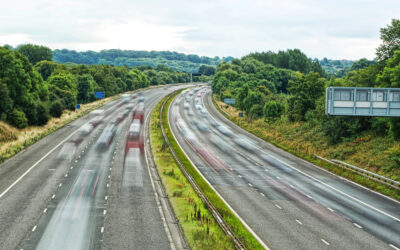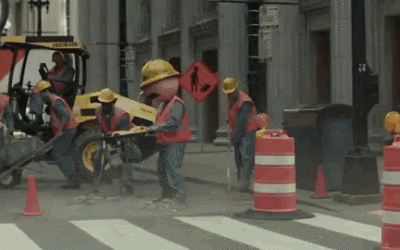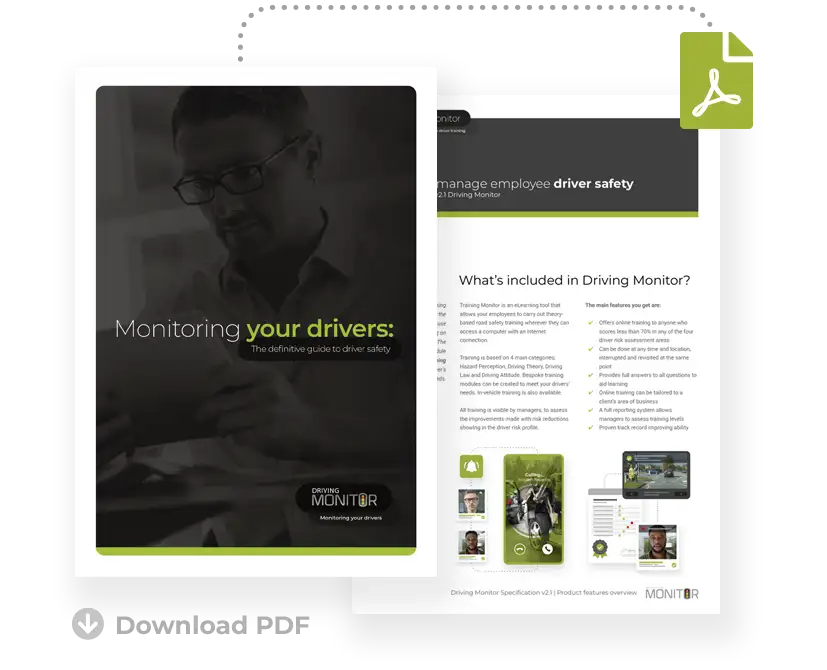Road Safety: Drunk Drivers cause 15% of all road deaths
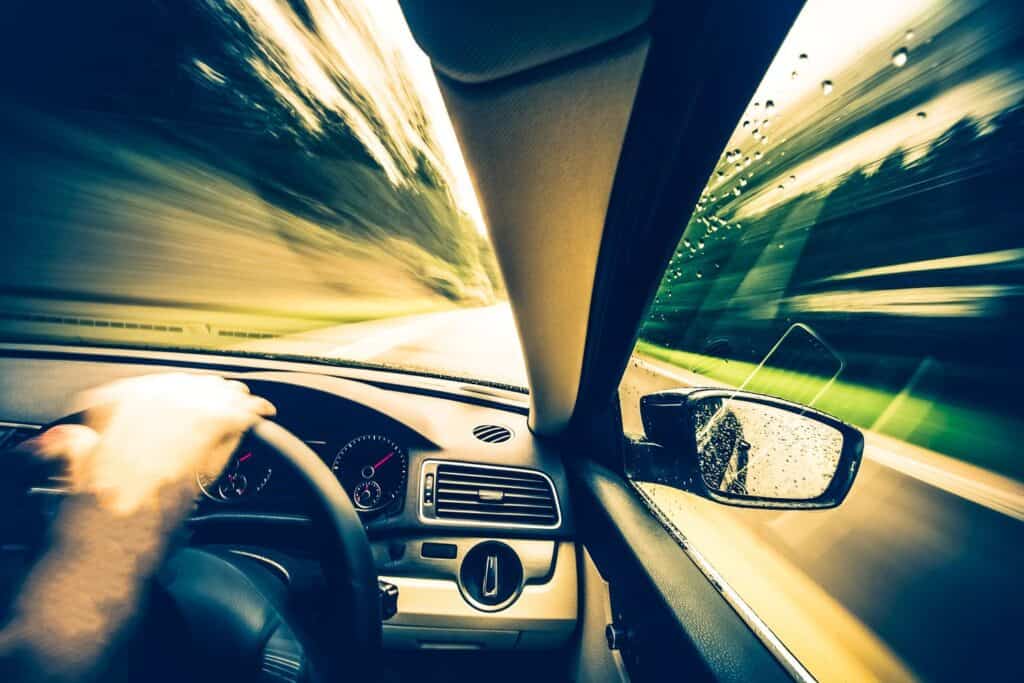
New figures released by the Department for Transport (DfT) have revealed that 15% of all road deaths were a direct result of drink-driving incidents.
The data from 2020 was recently revealed and showed that there were 220 deaths on the road in the UK where a driver was found to be over the drink-drive limit.
6,480 people were injured or killed in drink-drive incidents in the year, which represented a 17% fall from 2019’s figures and is the lowest figure ever recorded…
Although it should be noted that as the pandemic struck in 2020, the roads naturally became quieter, which may have had an effect on the figures.
Drink-Driving – Is It Decreasing?
While at first glance the figures would appear to show a downward trend for drink-driving incidents on Britain’s roads, that’s not necessarily the full picture.
There was a 17% decrease in injuries and deaths caused by drink-driving, but conversely, the amount of traffic on the road decreased by 25% during the pandemic.
When you take both factors into account, it’s unclear how much of a decrease (if any) there would have been if it wasn’t for the impact of the pandemic. However, there are still positive signs with the figures decreasing for the second consecutive year.
Significant efforts have been made in recent years to highlight the dangers of drink-driving to motorists, with awareness campaigns being promoted by the government.
With around 6% of all road casualties involving a driver who was found to be over the limit, there’s still a serious issue with road safety. However, the fall in the number of drink-driving collisions was roughly in line with the overall reduction in road collisions. That suggests that while the figures may have decreased, there’s every possibility that they may increase again as traffic levels return to normal and the figures are released.
Experts are keen to point out that the figures don’t tell the whole story, though…
In fact, many casualties are caused by drivers who are under the legal drink-drive limit but above the point of intoxication where cognitive function is affected.
That’s a key issue that many campaigners have highlighted, with the drink-drive limit in England, Wales and Northern Ireland being the highest in Europe and one of the highest in the world.
Scotland brought new stricter drink-driving laws into force in 2014, meaning that the legal limit is lower at 50 milligrammes of alcohol in every 100 millilitres of blood, compared to 80 milligrammes in the rest of the UK.
What Does It Mean For Road Safety?
Calls are being made by campaigners, including members of the Parliamentary Advisory Council for Transport Safety (PACTS) to reduce the legal drink-driving limit to increase safety for motorists.
In fact, with the pandemic figures showing an increase in the proportion of fatalities as a result of drink-driving, it’s clear there is still a serious issue with drink-driving incidents in the UK.
